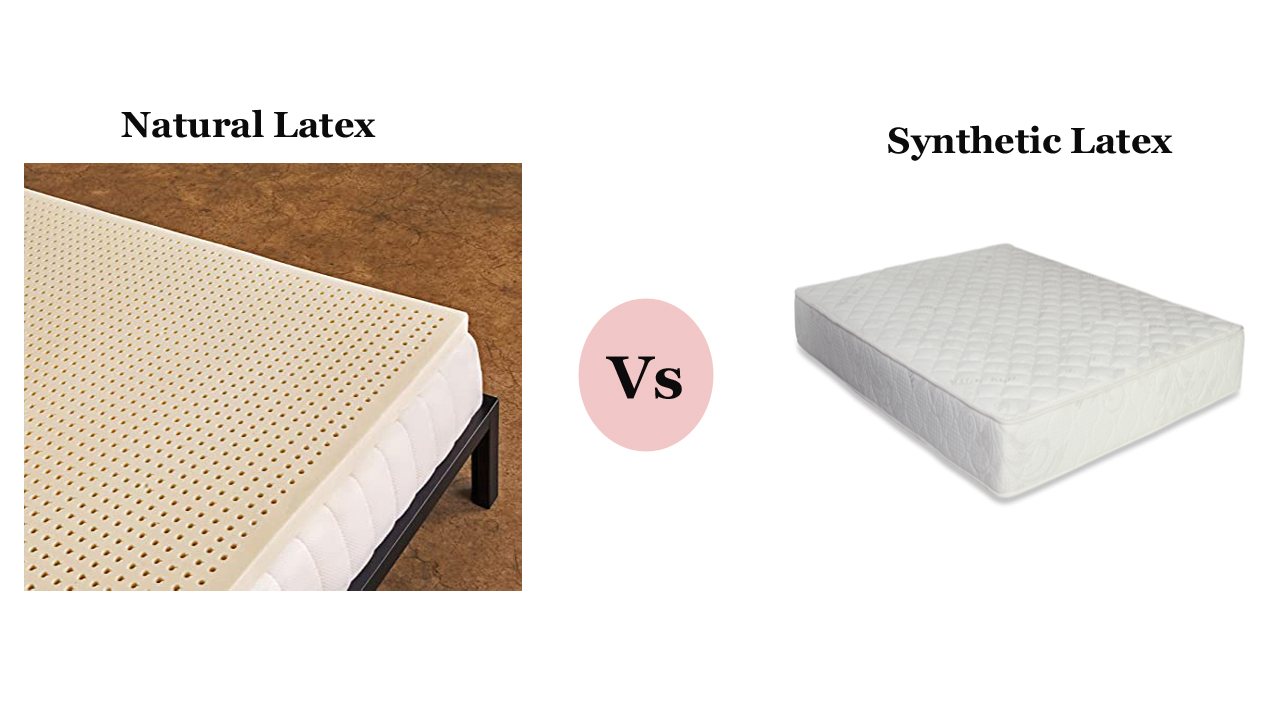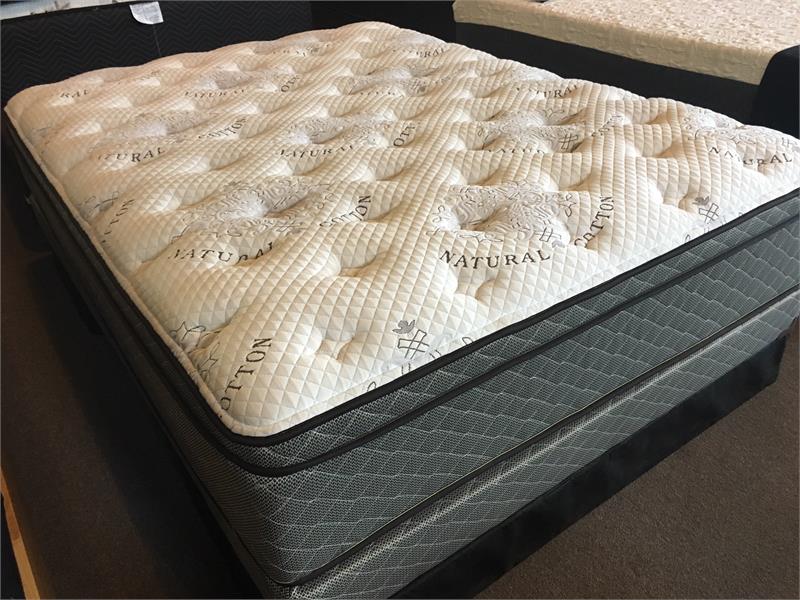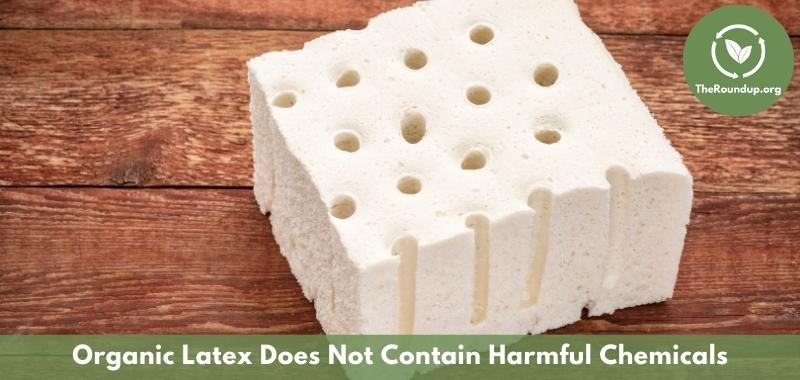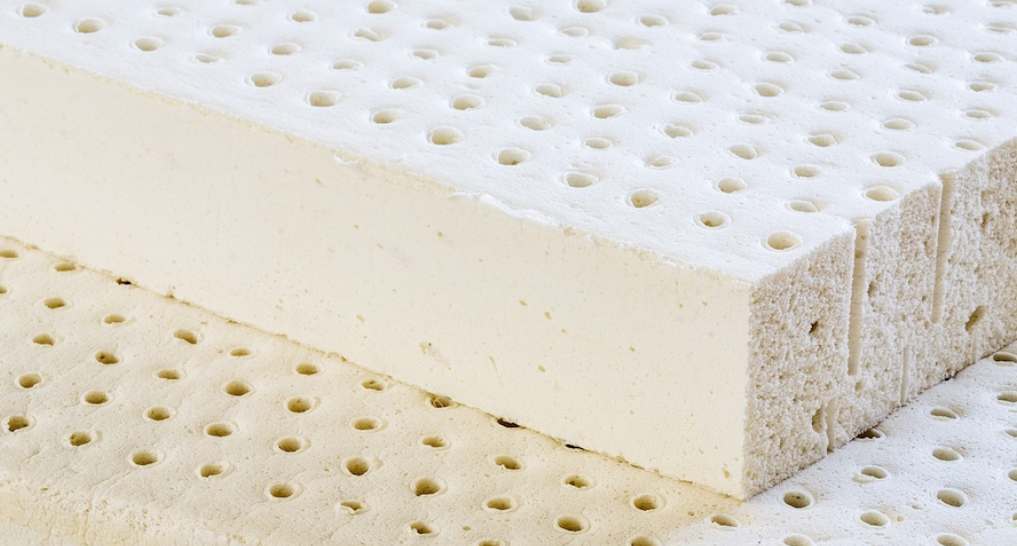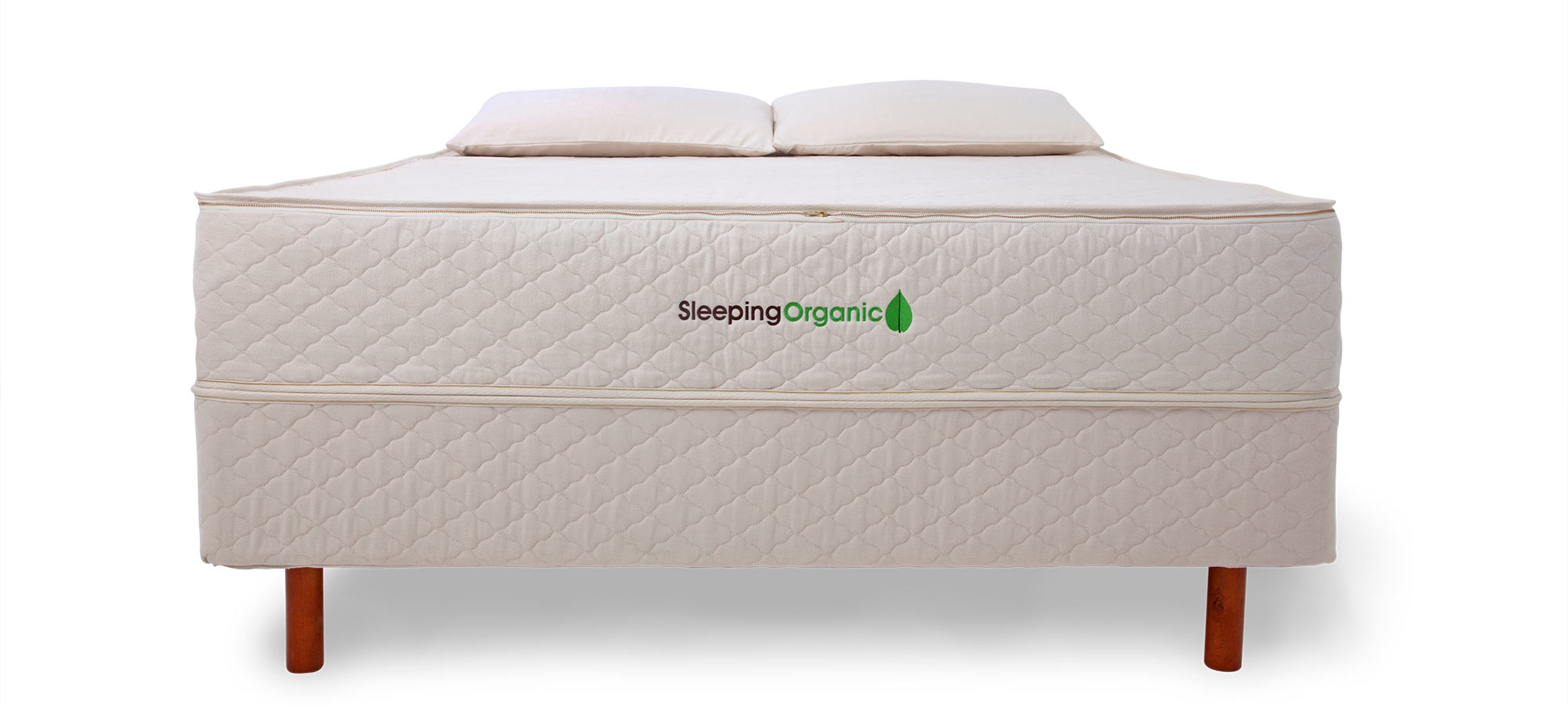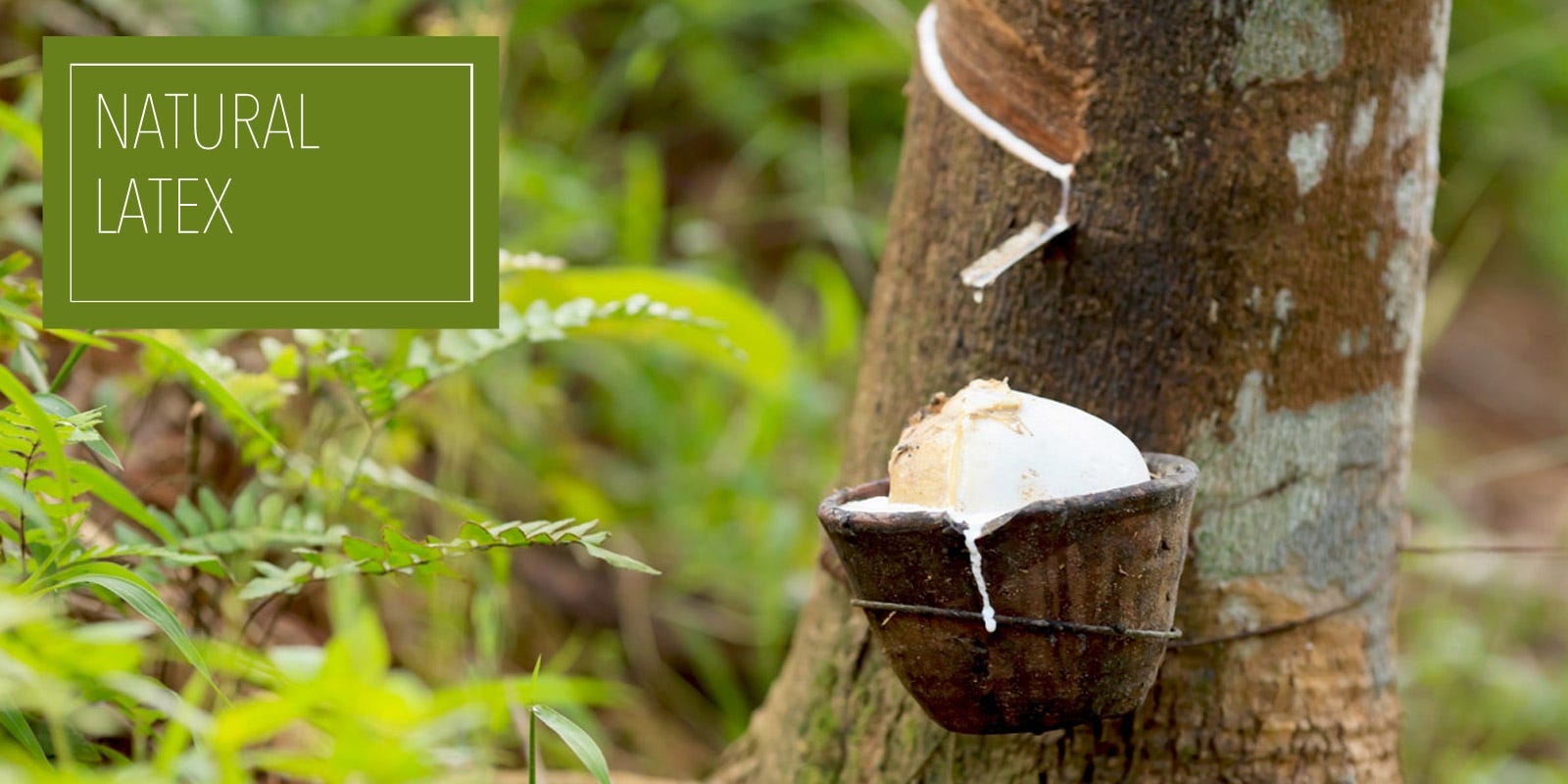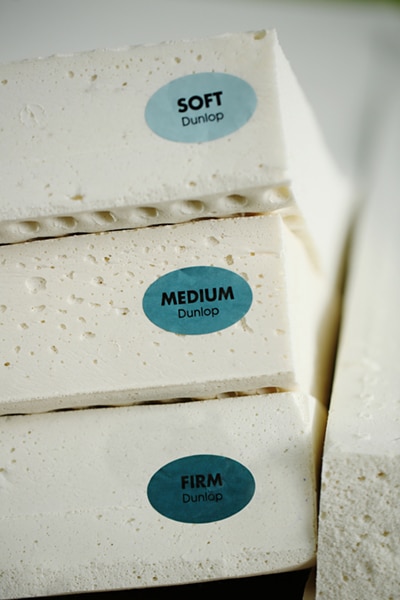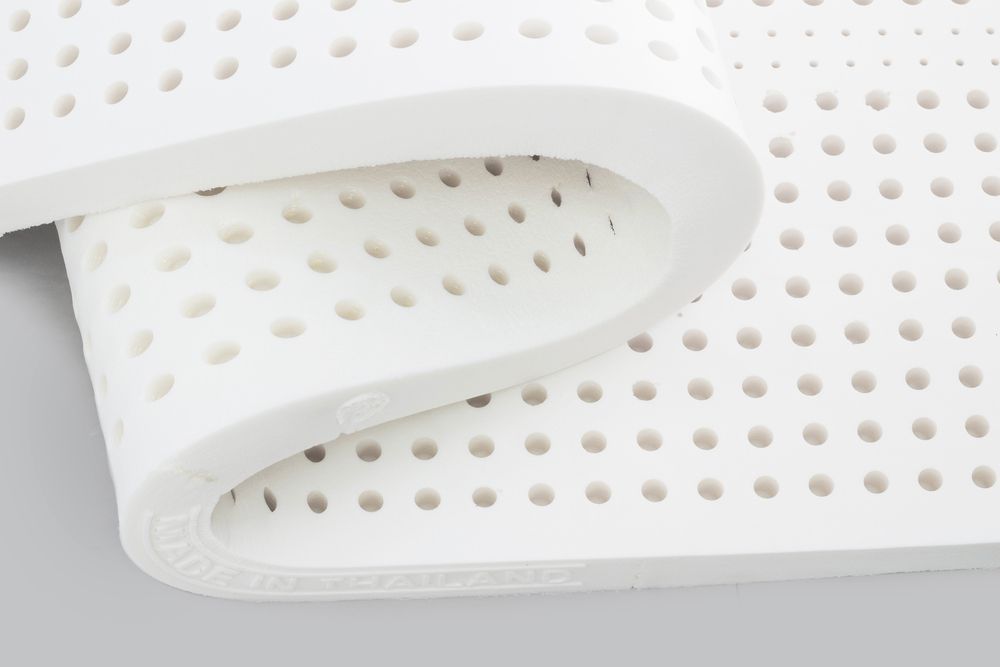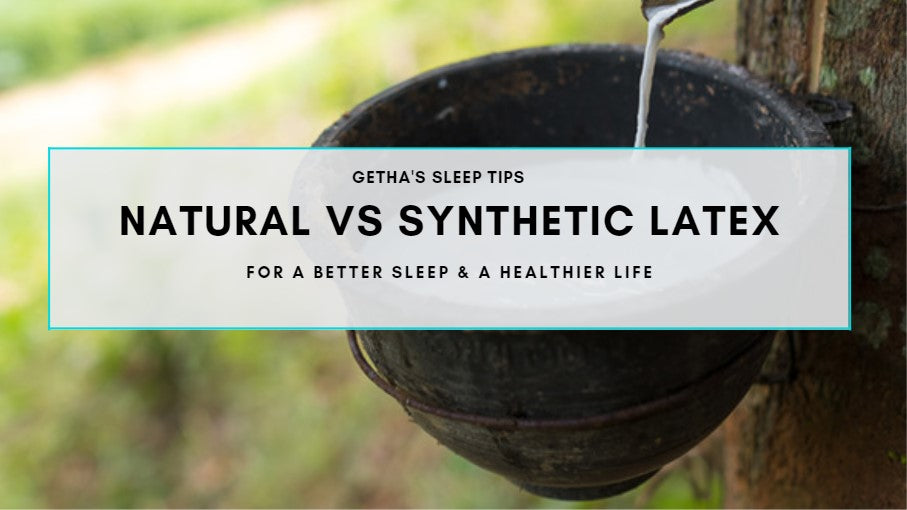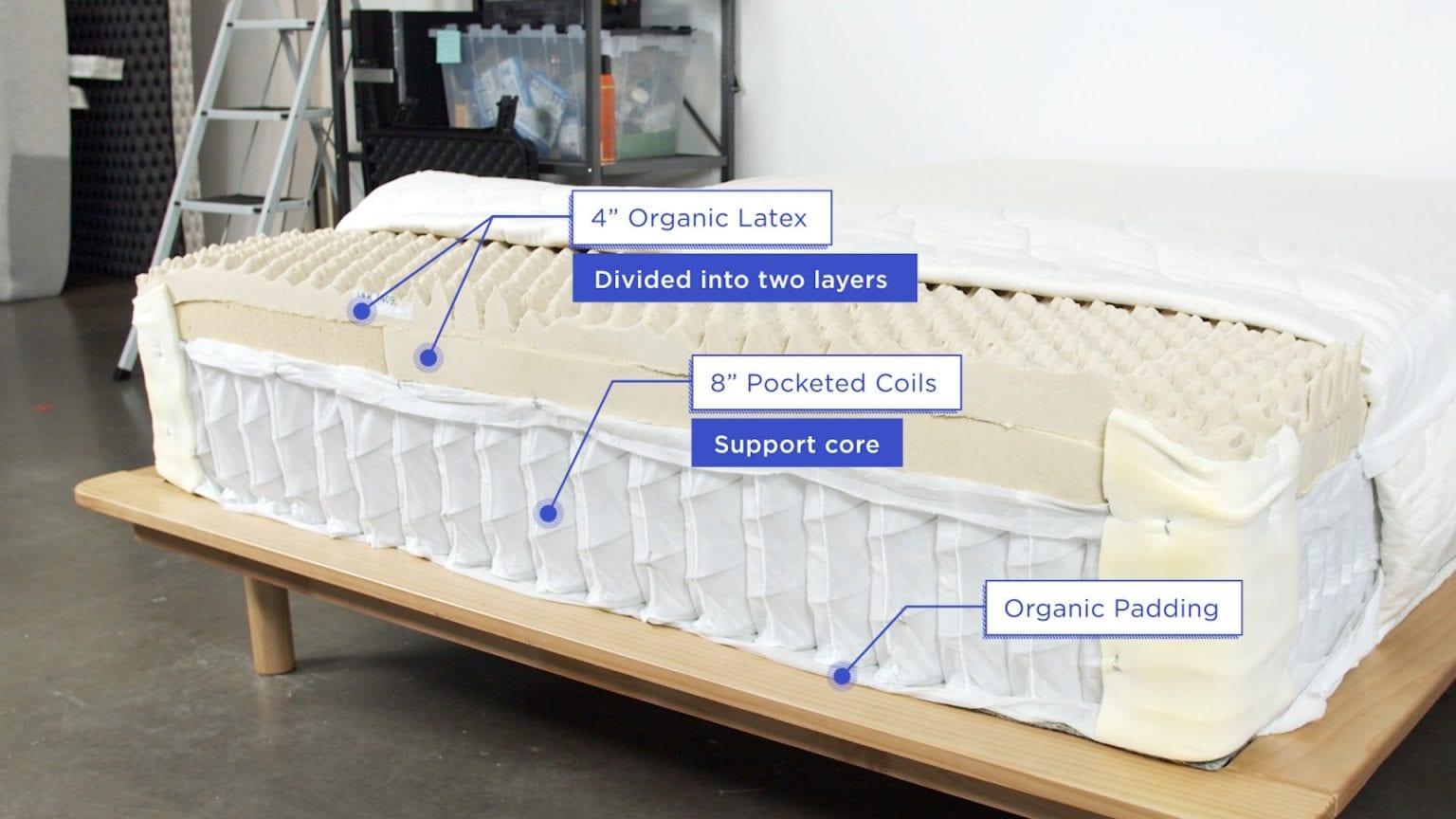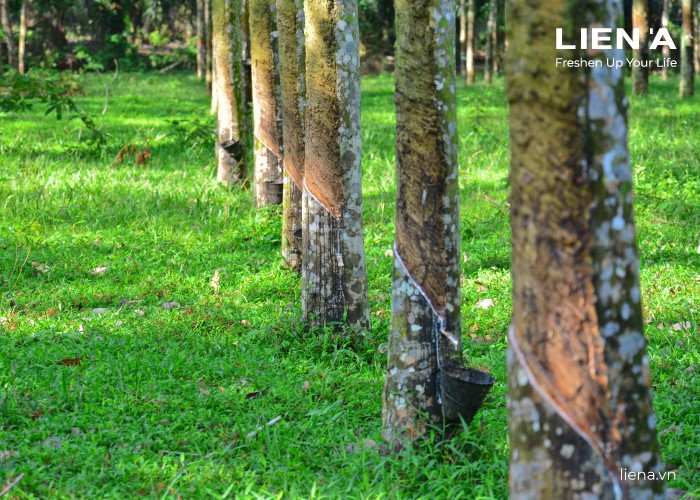When it comes to choosing a new mattress, you may have come across the terms "natural latex" and "synthetic latex." But what exactly do these terms mean and how do they differ from each other? Let's dive in and explore the main differences between natural and synthetic latex mattresses. Natural latex is derived from the sap of rubber trees, while synthetic latex is a man-made material created from petrochemicals. This is the main difference between the two types of latex mattresses. But there are other factors to consider when choosing between natural and synthetic latex, such as comfort, durability, and environmental impact.1. Natural Latex Mattresses vs. Synthetic Latex Mattresses: What's the Difference?
One of the biggest differences between natural and synthetic latex mattresses is their composition. Natural latex is made from 100% natural materials, with no added chemicals, dyes, or fillers. On the other hand, synthetic latex is a blend of chemicals and petroleum-based materials that are processed to mimic the properties of natural latex. Another difference is the feel of the mattress. Natural latex is known for its bouncy and springy feel, while synthetic latex tends to have a firmer and more uniform feel. This is due to the different processes used to create each type of latex.2. Understanding the Differences Between Natural and Synthetic Latex Mattresses
There are pros and cons to both natural and synthetic latex mattresses. Natural latex is known for its exceptional durability, hypoallergenic properties, and eco-friendly materials. It also has a longer lifespan compared to synthetic latex. However, it can be more expensive and may have a noticeable rubber smell. On the other hand, synthetic latex is more affordable and has a wider range of firmness options. It is also less likely to have a noticeable smell. However, it may not be as durable as natural latex and may not have the same hypoallergenic properties.3. The Pros and Cons of Natural vs. Synthetic Latex Mattresses
Aside from their composition, natural and synthetic latex mattresses also differ in their production processes. Natural latex is extracted from rubber trees using a sustainable and eco-friendly process, while synthetic latex is made using chemical reactions in a laboratory setting. In terms of comfort, natural latex is known for its ability to conform to the body's contours, providing pressure relief and support. Synthetic latex, on the other hand, may not have the same level of conformity and support.4. What Makes Natural Latex Mattresses Different from Synthetic Ones?
The differences between natural and synthetic latex mattresses go beyond just their materials and production. Natural latex is also known for its breathability, allowing for better air circulation and temperature control. This can be beneficial for those who tend to sleep hot. On the other hand, synthetic latex may retain more heat, making it less ideal for those who are sensitive to temperature changes while sleeping. It also tends to have a shorter lifespan compared to natural latex.5. Exploring the Differences Between Natural and Synthetic Latex Mattresses
One of the main benefits of choosing a natural latex mattress is its eco-friendliness. Natural latex is a sustainable and renewable resource, making it a more environmentally friendly option compared to synthetic latex. It is also biodegradable, reducing its impact on the environment when it reaches the end of its lifespan. In addition, natural latex is also hypoallergenic and resistant to dust mites, making it a great choice for those with allergies or respiratory issues. It also has a natural resistance to mold and mildew, making it a healthier option for your sleep environment.6. The Benefits of Choosing a Natural Latex Mattress over a Synthetic One
Choosing between a synthetic and natural latex mattress ultimately comes down to personal preference. If you prioritize affordability and a wider range of firmness options, synthetic latex may be the better choice for you. However, if you value eco-friendliness, durability, and comfort, a natural latex mattress may be the way to go. It's also important to consider any allergies or sensitivities you may have when deciding between the two types of latex. If you have a latex allergy, it's best to opt for a synthetic latex mattress to avoid any potential reactions.7. Synthetic vs. Natural Latex Mattresses: Which is Better for You?
Now that we've explored the main differences between natural and synthetic latex mattresses, let's take a closer look at their individual properties and how they may affect your sleep. Natural latex is known for its ability to provide pressure relief and support, while synthetic latex may have a more uniform feel and may not be as conforming. In terms of durability, natural latex has a longer lifespan compared to synthetic latex, which may start to break down after a few years. Natural latex is also less likely to have a noticeable odor, while synthetic latex may have a chemical smell when first unpacked.8. A Closer Look at the Differences Between Natural and Synthetic Latex Mattresses
When shopping for a new mattress, it's important to consider your personal preferences and needs. If you value natural, eco-friendly materials and long-lasting durability, a natural latex mattress may be the best choice for you. However, if you prioritize affordability and a wider range of firmness options, a synthetic latex mattress may be the better option. It's also important to note that not all latex mattresses are created equal. Some may be a blend of natural and synthetic latex, while others may contain fillers or chemical additives. Be sure to do your research and check the materials and production processes before making a purchase.9. Choosing the Right Latex Mattress: Natural vs. Synthetic Options
The production and disposal of mattresses can have a significant impact on the environment. Natural latex mattresses are considered more eco-friendly due to their sustainable and renewable materials, and their biodegradability at the end of their lifespan. Synthetic latex mattresses, on the other hand, are made from petrochemicals, which are non-renewable resources, and may have a longer-lasting impact on the environment. However, some manufacturers have taken steps to reduce their environmental impact by using recycled materials in their production processes.10. The Environmental Impact of Natural and Synthetic Latex Mattresses
The Benefits of Choosing a Natural Latex Mattress Over a Synthetic One
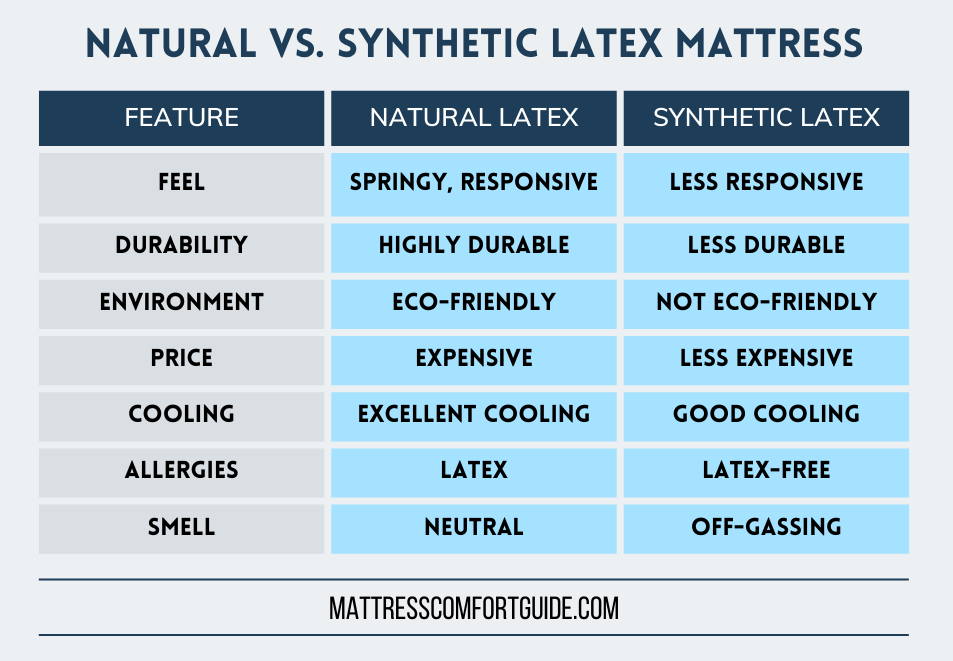
Environmental Impact
 One of the main differences between natural and synthetic latex mattresses is their impact on the environment. Natural latex is derived from the sap of rubber trees, making it a biodegradable and renewable resource. In contrast, synthetic latex is made from petrochemicals and is not biodegradable. This means that choosing a natural latex mattress can have a positive impact on the environment as it reduces the need for non-renewable resources and decreases the amount of waste in landfills.
One of the main differences between natural and synthetic latex mattresses is their impact on the environment. Natural latex is derived from the sap of rubber trees, making it a biodegradable and renewable resource. In contrast, synthetic latex is made from petrochemicals and is not biodegradable. This means that choosing a natural latex mattress can have a positive impact on the environment as it reduces the need for non-renewable resources and decreases the amount of waste in landfills.
Health Benefits
 Natural latex mattresses also offer numerous health benefits compared to synthetic ones. Natural latex is hypoallergenic, making it a great choice for those with allergies or sensitive skin. It is also resistant to dust mites, mold, and mildew, making it a healthier option for those who suffer from respiratory issues. On the other hand, synthetic latex may contain chemicals and additives that can cause allergic reactions or emit harmful gases, which can be especially concerning for people with respiratory conditions.
Natural latex mattresses also offer numerous health benefits compared to synthetic ones. Natural latex is hypoallergenic, making it a great choice for those with allergies or sensitive skin. It is also resistant to dust mites, mold, and mildew, making it a healthier option for those who suffer from respiratory issues. On the other hand, synthetic latex may contain chemicals and additives that can cause allergic reactions or emit harmful gases, which can be especially concerning for people with respiratory conditions.
Comfort and Durability
 When it comes to comfort and durability, natural latex mattresses have the upper hand. Natural latex has a unique cell structure that allows for better air circulation, resulting in a cooler and more comfortable sleep. It also has a longer lifespan compared to synthetic latex, which tends to break down and lose its shape over time. This means that a natural latex mattress will provide better support and comfort for a longer period, making it a wise investment in the long run.
When it comes to comfort and durability, natural latex mattresses have the upper hand. Natural latex has a unique cell structure that allows for better air circulation, resulting in a cooler and more comfortable sleep. It also has a longer lifespan compared to synthetic latex, which tends to break down and lose its shape over time. This means that a natural latex mattress will provide better support and comfort for a longer period, making it a wise investment in the long run.
Sustainability and Ethics
 In addition to being environmentally friendly and beneficial for health and comfort, natural latex mattresses also have a more sustainable and ethical production process. Rubber trees used to extract natural latex are grown in sustainable plantations, which support the local economy and provide fair working conditions for farmers. Furthermore, natural latex production does not involve any harmful chemicals or exploitation of workers, making it a more ethical choice for conscientious consumers.
In conclusion, while both natural and synthetic latex mattresses may offer some similar benefits, the differences between them are significant. Natural latex mattresses are a more sustainable, eco-friendly, and healthy option that provides better comfort and durability in the long run. So when it comes to choosing the right mattress for your home, consider the impact on the environment, your health, and the well-being of others, and go for a natural latex mattress. Not only will you be making a responsible choice, but you will also be investing in a good night's sleep.
In addition to being environmentally friendly and beneficial for health and comfort, natural latex mattresses also have a more sustainable and ethical production process. Rubber trees used to extract natural latex are grown in sustainable plantations, which support the local economy and provide fair working conditions for farmers. Furthermore, natural latex production does not involve any harmful chemicals or exploitation of workers, making it a more ethical choice for conscientious consumers.
In conclusion, while both natural and synthetic latex mattresses may offer some similar benefits, the differences between them are significant. Natural latex mattresses are a more sustainable, eco-friendly, and healthy option that provides better comfort and durability in the long run. So when it comes to choosing the right mattress for your home, consider the impact on the environment, your health, and the well-being of others, and go for a natural latex mattress. Not only will you be making a responsible choice, but you will also be investing in a good night's sleep.



